I’ve never been naturally thrifty. It takes a conscious and consistent effort for me to be frugal. However, it is something that I find important to because we have a budget that we need to stick to and I want to keep our homestead garden profitable. And by profitable, I refer to the money I “make” by saving money at the grocery store. I like to keep a tally of garden expenses vs. garden returns.

The first year we committed to only eat vegetables from our backyard garden we saved $6000 on groceries- more on that HERE. But of course, that doesn’t even account for the high quality and consequently very healthy food coming out of the garden which you can’t really put a price on.
Anyway, the real point here is that despite all the money a garden saves on groceries, the inputs for a garden can be expensive. Some of you may be nodding your head yes and others perhaps wondering how a garden could be expensive. For those in the latter category, let me explain some of our upfront costs.
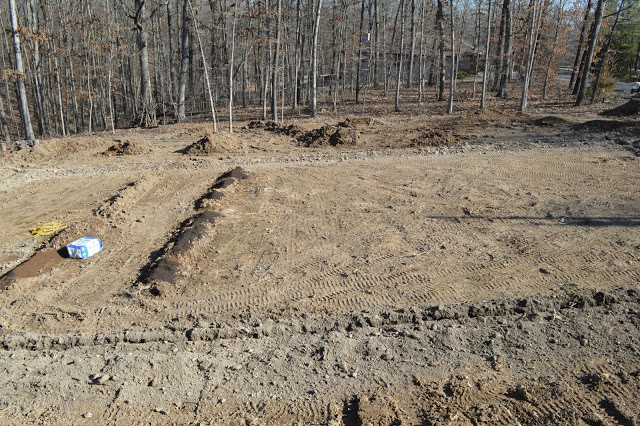 My Garden Before- February of 2016
My Garden Before- February of 2016
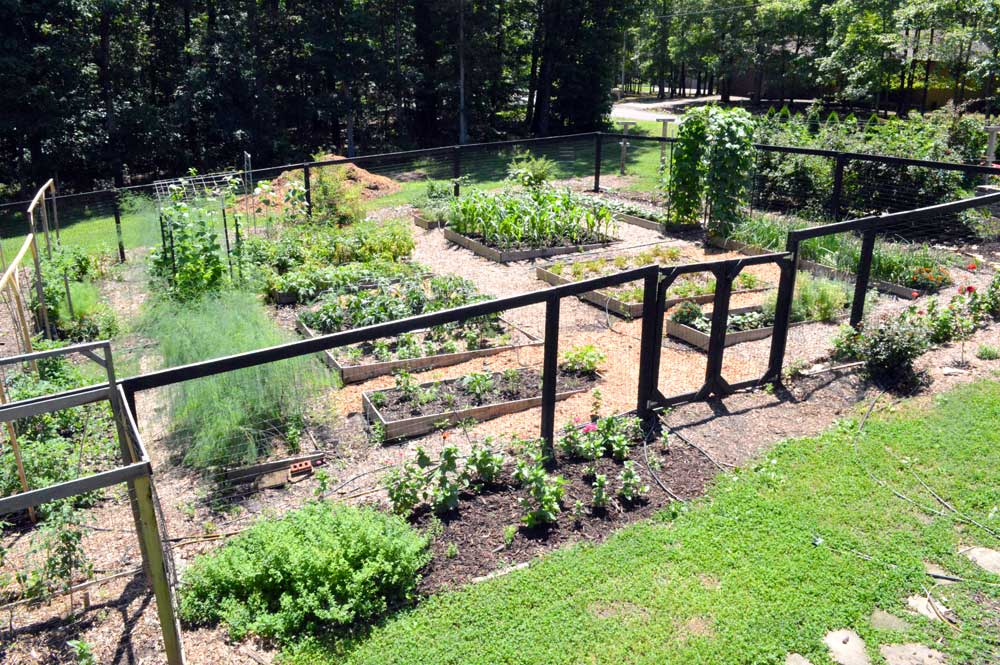 Garden Now 2019
Garden Now 2019
We needed a garden fence (too many deer, raccoons, rabbits in our area), soil brought in (we have rock with a little bit of dirt sprinkled in for native soil), wood for raised beds, we bought apple and pear trees, blueberry bushes, blackberry and raspberry brambles, strawberry plants and more. You can see now how it would add up pretty quickly.
While some upfront costs may be necessary, there are things that you can do to maximize the amount of money you save from the garden in the years following the initial set up.
I’ve come up with 15 ideas to maximize the money you save from having a garden all while keeping your expenses low.
#1 Grow Expensive Produce
What I mean by that is grow food which is expensive to buy at your local grocery store that can be grown cheaper in the home garden. A few that come to mind are dried herbs, fresh herbs, any type of berry, cucumbers, squash, and tomatoes.
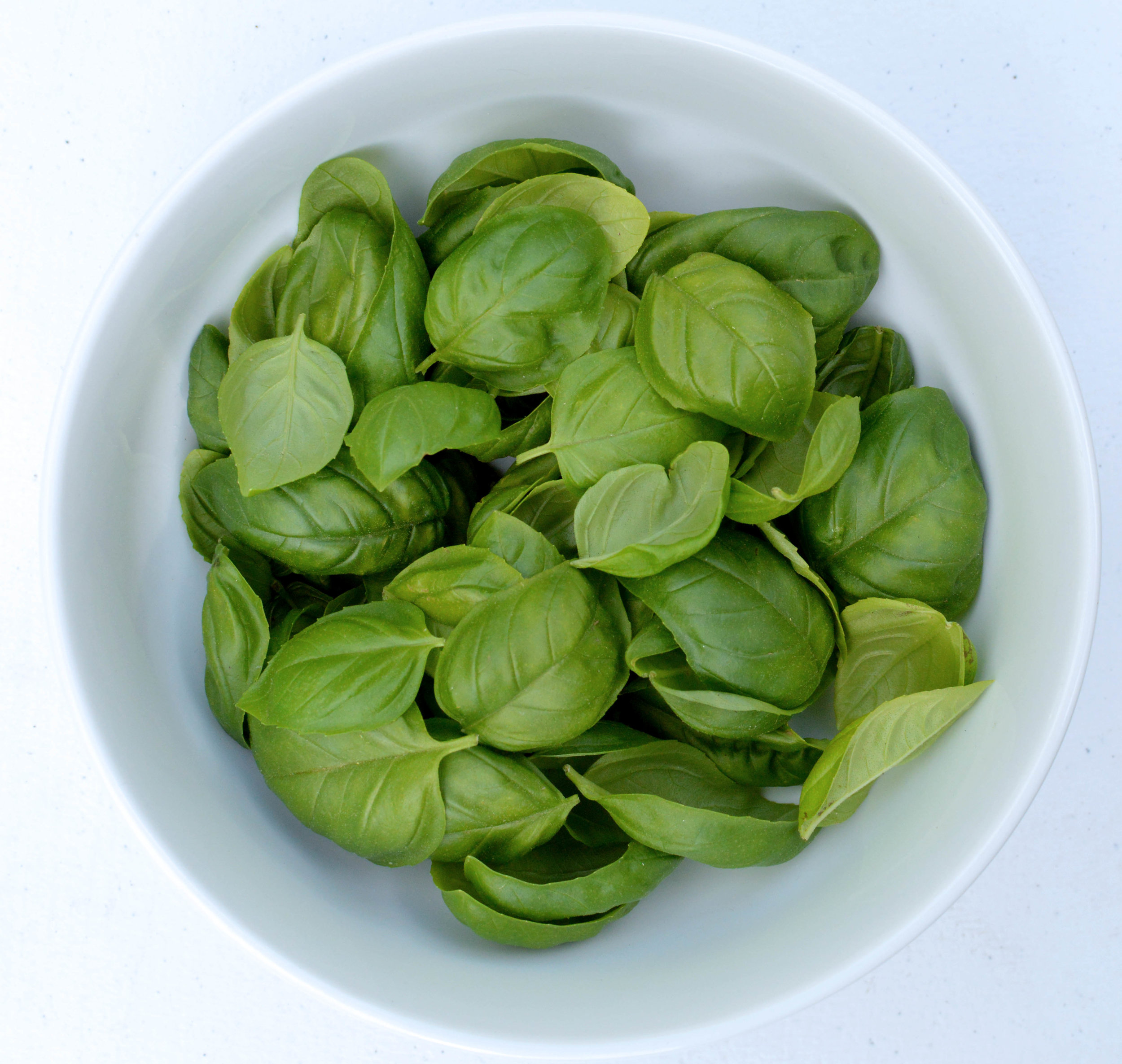 Basil
Basil
During my first few years of growing a garden I didn’t have much space. Because I had such a small space, I never grew potatoes, onions, or corn because they were so cheap to buy at the store.
#2 Grow Food with Big Yields
I’ve read that one tomato plant can produce up to 50lbs of fruit on a good year (I do believe this is a very optimistic statistic). Average tomato prices are $3 a pound for organic in my area. That’s a $150 savings with one plant.
Ok let’s take it down to something that may be more realistic like 20lbs of fruit per plant. That still saves you $60. Imagine if you grew 10 or 20 plants?! A savings of $600- $1200? Not too shabby!
Other foods with big yields are summer squash, cucumbers, winter squash, and possibly green beans would fit in this category.
#3 Eat what you grow and go to your garden FIRST.
This is easier said than done, especially when you are just beginning. The idea is to use every bit of produce from the garden before you go to the store. And don’t supplement with grocery store produce because your used to having certain ingredients in a dish. Get creative.
I have a whole blog post HERE about this subject. It’s something I’m so passionate about and I live by because I forced myself and our family to do it with our goal to eat the vegetables from only the backyard garden.
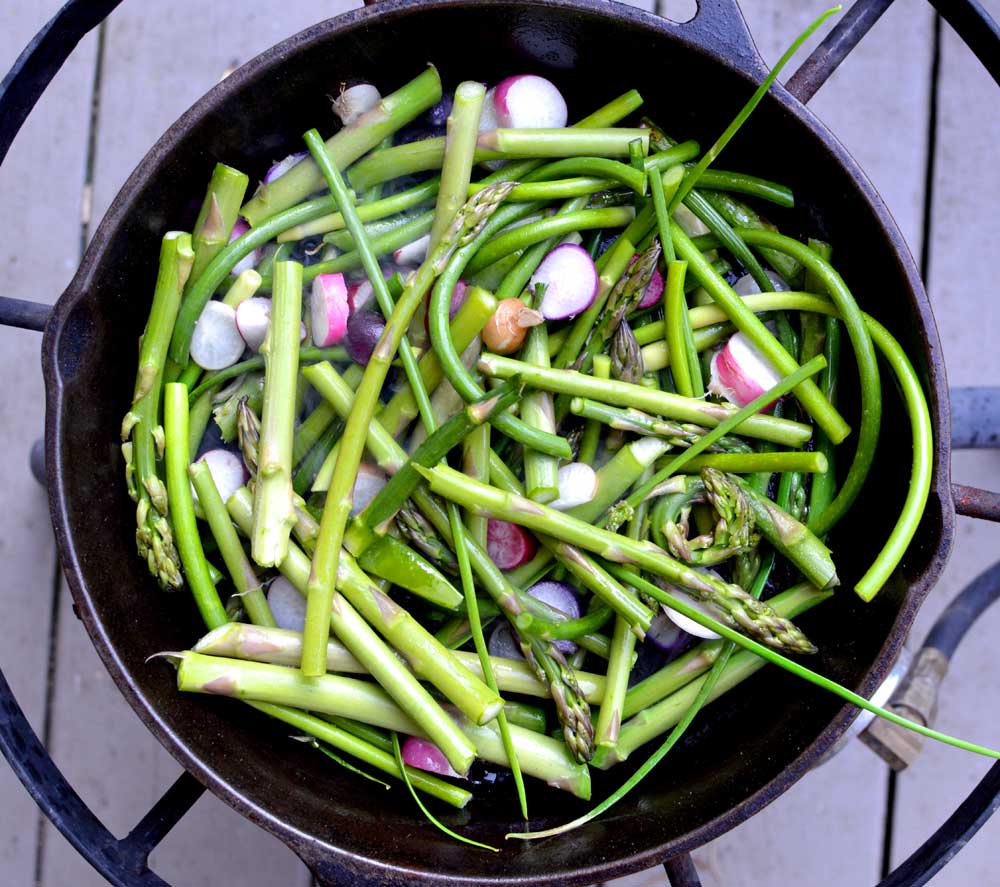
#4 Preserve Everything
Don’t let that food go to waste! When a heavy producer like squash is more than you can handle, preserve it for later! I love to dehydrate mine for use in winter soups and stews. Other heavy producers like tomatoes and cucumbers lend themselves really well to canning. No canning tools? Try fermenting instead!

#5 Succession Plant
Simply explained, succession planting is strategically planting crops at different times so you get a continual harvest. This will make it so you don’t have a need to buy vegetables from the store. Therefore will you will save the money you would have spent and maximize the potential returns from the garden.
#6 Pick Produce Often and at the Right Time
Picking plants often and at peak ripeness will increase the yields you get. An example of not picking at the right time would be leaving an overgrown squash the size of a baseball bat on the plant. Doing that will decrease your yields.
The reason for this is the surrounding fruit will not produce as much because the plants energy and resources are still going into the giant squash hanging on the plant. The same idea is true with cucumbers which will get bigger and bigger if left on the vine.
The more you pick your produce when it’s ripe the more it will produce, the more quality it will be, and the more you will get.
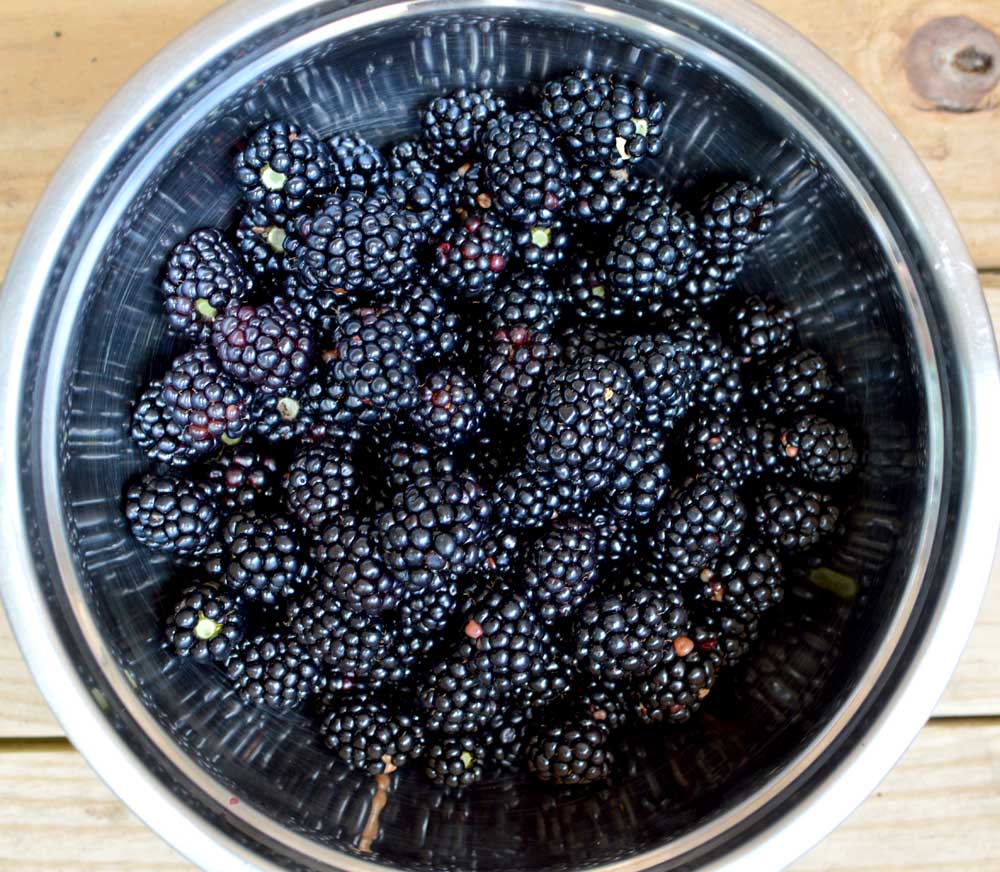
#7 Sell the Extra
If you have a lot of extra produce beyond what you can preserve, you might consider selling it at a farmers market or other through another venue. Just make sure your take into consideration the time it takes to prepare and sell at the market. You will need to weigh whether or not the profit made will be worth the time and resources put forward selling it.
#8 Recycle and Conserve Water
Money spent on water will vary a great deal depending on where you live and where your water is coming from. The need to conserve water is often on my mind because the cost of our water is quite high (we are on city water).
A great option for conserving water is a thick layer of mulch. Mulch will make it less likely for soil to dry out. The result is you need to water way less and your plants are happier because they get a nice consistent amount of moisture in the soil.

The second option to save money on water is to recycle rainwater. One way to do that is to collect rainwater in a barrel and reuse it in your garden. Aside from the cost of the rain barrel it makes it free to water!
I also reuse water from things like canning, our dehumidifier, and what collects in buckets after a rain to water the garden.
#9 Get Free Mulch
I use lots of mulch which I get for free from my electrical company (they clear around power lines and need a place to dump the mulch they create from trimming trees)- the best part of the deal is they deliver it right in my yard!
The city next to me has a composting facility that also gives free wood mulch to residents of that city. You can also call tree trimming companies and ask if they will dump their mulch at your house. Check Facebook marketplace or Craigslist and see if there are any options there. You really shouldn’t have to pay to get mulch.

#10 Save Seed
While seeds aren’t very expensive, when you have a large garden or a seed addiction problem like I do, it can add up. I’m afraid to look but I’m pretty sure I’ve spend over $200 on seeds (including some live plants as well) this year. Obviously, this is an area where I could use some improvement, haha! 🙂
Some seeds are easy to save and some aren’t. In my area its easy to save bean seed, pea seed, seed from greens, and seeds from herbs. I also save potatoes and sweet potato extras for seed.

Tomatoes and peppers are really easy to save seed as well but I had a bad experience saving tomato seed that had disease. I used my saved seed the next year and all my tomatoes from the saved seed died of verticillium wilt. Lesson learned, don’t save seed from diseased plants.
#11 Start your own Indoor Plants Instead of Buying Them
I have a friend who started a big garden. She went to the store and bought a bunch of vegetable plants already started in pots. It was mostly tomatoes and they are easy to start indoors! The total was over $100. If she had grown those herself the total including supplies would have been less than $20.

#12 Make your own Homemade Soil Mix
This can be a huge money saver depending on how many seeds your start indoors. It’s definitely a little bit of work to make but so much cheaper than what you can buy at a big box store. I have a whole blog post with how I make my homemade soil mix HERE.

#13 Recycle Pots and containers
Chances are you will buy things from the grocery store that could be used as containers for seed starting. My favorite is the bigger size yogurt containers. They are perfect for potting up tomatoes or onions. I save containers from the garden center if they are nice and sturdy. If you consciously think about it (especially now, you have plenty of time before winter seed starting!) you’ll come across great pots for seed starting that can be used.
#14 Make your own compost
If your getting free mulch from somewhere, chances are you have the materials to make your own compost. Compost is so easy to do. Use materials you have on hand and put them in a big pile. For example, I throw in disease free garden green waste, wood mulch, egg shells, chicken droppings and shavings, vegetable scraps, and leaves in the fall. Even if you can’t get it to heat up, it will still break down beautifully. Don’t overthink it and you’ll be ok!
#15 Grow Productive Varieties
If you really want to save money and maximize your garden harvest, you need to grow productive varieties of crops. There are a tons a different varieties of plants (which is wonderful) but I would stay away from the crops grown more for looks than for anything else.

An example of this in my own garden is Molly Magic potatoes. They are beautiful purple potatoes yet they are very small and not prolific. It’s definitely a just for fun crop. Stay away from those, and stick with tried and true varieties that will give you maximum yield.
I hope these 15 tips to save money in the garden gives you some ideas to try in your own garden!


